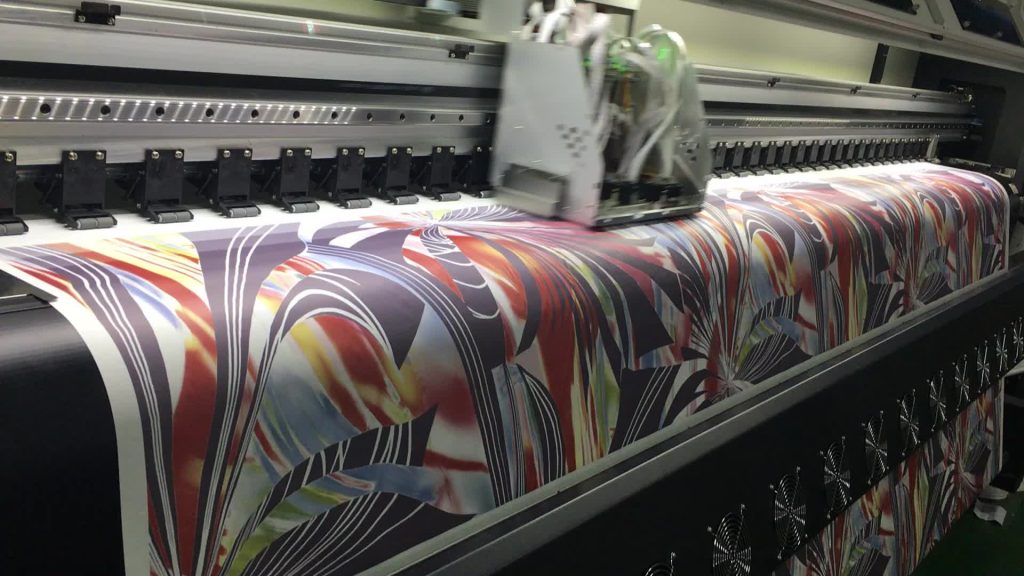Sublimation printing on fabric is a revolutionary method of transferring high-quality, full-color designs onto textiles using heat and pressure. Unlike traditional printing methods, sublimation printing relies on a unique process that involves turning solid dye into gas without passing through a liquid state. This process allows for vibrant, long-lasting, and high-resolution prints on a variety of fabrics.
Sublimation printing is distinct from other printing techniques due to its ability to permanently infuse the dye into the fabric. This process begins with sublimation inks, which are solid dyes that, when heated, turn into a gaseous state. The gas then permeates the fabric fibers, bonding with them at the molecular level. Once the dye cools, it reverts back to a solid state, becoming part of the fabric itself. This method results in a print that is incredibly durable, and the fabric retains its softness and breathability.

Not all fabrics are suitable for sublimation printing. The ideal fabrics for this process are synthetic fibers, particularly polyester. This is because polyester fibers have a high affinity for the sublimation dye, allowing the print to bond effectively. Fabrics like polyester blends and coated polyester fabrics are also excellent choices. Natural fibers like cotton, however, do not react well to sublimation dyes, which is why sublimation printing on cotton fabrics is generally not feasible without additional coatings.
Some of the most commonly used fabrics for sublimation printing include:
The sublimation printing process starts with designing the artwork. Once the design is finalized, it is printed onto a special transfer paper using sublimation inks. The transfer paper is then placed onto the fabric, and heat is applied using a heat press. Typically, temperatures range from 375°F to 400°F, with pressure applied for about 30-60 seconds.
The heat causes the dye to sublimate (turn from solid to gas) and penetrate the fabric. The result is a crisp, vibrant print that becomes part of the fabric itself, ensuring long-lasting, fade-resistant designs.
There are many reasons why sublimation printing is gaining popularity in the textile industry, particularly for items like sportswear, custom apparel, home decor, and promotional products. One of the key advantages of this printing technique is the print quality. Sublimation allows for intricate designs with full-color detail, gradients, and photographic-quality images. The process also offers:
Sublimation printing is widely used in various industries. It is the go-to method for creating:
Sublimation printing on fabric is an exciting and versatile technology that has transformed the world of textile printing. With its ability to produce high-quality, vibrant prints that are durable and long-lasting, sublimation has become the go-to solution for a variety of applications. By understanding the unique printing process and choosing the right fabric for sublimation, you can achieve stunning results, whether you're creating custom apparel, home decor, or promotional items.
Sublimation printing is a game-changer for anyone looking to produce vibrant, full-color designs on fabric. With the right materials and process, the possibilities are endless for printing works that stand out with exceptional print quality.